sequence
Hello, my name is “Jiali”, and I also have a sacred name: “Lari”, which means “Sacred Mountain”. You must have heard of me, but do you know me?
To the south of “I” is the Himalayas, to the east is the Hengduan Mountains, to the west is the Gangdise Mountains, and to the north is the Nyainqentanglha Mountains. “I” has the grassland style of northern Tibet, the ancient tea-horse road, and the beautiful virgin forests, mountains and valleys. “I” is also the hometown of the 11th Panchen Lama and the 7th Reting Living Buddha, with rich human resources. In the west, there are perennial snow-capped mountains, dotted lakes, and beautiful grassland scenery; in the southeast, there are towering ancient forests, and the Yigong Grand Canyon, which makes people linger. It is also a paradise for wild animals. In history, I was also an important town on the Ancient Tea Horse Road and an important hub station.
Maybe you have seen me in the world of ice and snow, maybe you are planning to meet me in the future, maybe you are still a little strange and vague to me across thousands of mountains and layers of water, why not, let me introduce myself first.

Snow scene of Jiali Ancient Road. Photography: Yan Daojing

Climb Lachin Mountain (also known as Eight Head Mountain), stand on the open-air platform of Lari Temple belonging to the Gelug Sect, and overlook Jiali from a distance. Photography: Qiu Yanqing
Below is my business card
Please pass this business card around every corner!

Chinese name: Jiali
Tibetan name: Lari
English name: LhariCounty
Area: 13238 square kilometers
Population : 38895 (2018)
Family members: (As of 2018) Jiali County governs 2 towns (Aza Town, Jiali Town), 8 townships (Gequn Township, Zangbi Township, Niwu Township, Cuoduo Township, Medika Township, Lindi Township, Xiama Township, Rongduo Township), there are 1 neighborhood committee and 121 administrative villages. The County People’s Government is stationed in Aza Town.
Address : Jiali County is located between Tanglha Mountain and Nyainqentanglha Mountain. It is located at 91°09′-94°01′ east longitude and 31°07′-32°00′ north latitude. Bianba County of Changdu City in the east and Bomi County of Nyingchi City in the east, Damxung County of Lhasa City in the south, Linzhou County of Lhasa City, Mozhugongka County of Lhasa City in the south, Ruru County in the north, the transportation network in the territory extends in all directions, and the location advantage is obvious. Jiali County is 211 kilometers away from Nagqu City and 537 kilometers away from Lhasa City.
Climate: The average altitude of Jiali County is 4,500 meters, which belongs to the typical plateau mountainous area, the plateau continental climate, and the plateau sub-frigid zone semi-humid monsoon climate zone. The annual average temperature is -0.21℃. The average temperature in January is -11.9°, the average temperature in July is 8°, and the annual precipitation is 695.5 mm. The annual sunshine hours are 2405.2 hours, and the year is divided into four seasons: dry season, rainy season, windy season, and snowy season.

Two sisters, Yeshi and Tamtso, from Medika Township. At the age of seventeen or eighteen, they walked on the grassland wearing hometown costumes and hats specially selected by their mothers. Photography: Zhang Shouguo

People wearing national costumes to participate in the horse racing festival. Photography: Zhang Shouguo
this is my age
In the early years of the Republic of China, the local government of Kashag in Tibet established a sect in Jiali. In 1952, the Jiali Sect Liberation Committee was established. In late July 1959, Jializong was changed to Jiali County. On January 7, 1960, Jiali County was under the jurisdiction of the Nyingchi Special Administration. In June 1964, the Nyingchi Special Administration was abolished, and Jiali County was placed under the jurisdiction of the Nagqu Prefecture. At the end of 1989, the government moved from Dama to the town of Aza.
this is my location

Jiali County map. Drawing: Autumn

Jiali County map. Drawing: Autumn
Historically, Jiali was one of the core arteries of the Ancient Tea Horse Road, with geographical connections and obvious geographical advantages. It is connected to Bienba County and Bomi County in Chamdo in the east, Gongbujiangda County in Linzhi County and Mozhugongka County in Lhasa to the south, Linzhou County and Damxung County in Lhasa to the west, and Yisheni District and Ruru County to the north. Based on its advantages, through the strong support and joint efforts of the three levels of districts, cities and counties, the construction of one national highway and three provincial highways is currently being accelerated. Economic circle” traffic road network pattern extending in all directions.
this is what i look like

Jiabaiyanglacuo (upper left in the picture) National Wetland Park is located 10 kilometers away from Jiali County, with a total area of 3504.9 hectares. It was officially listed as a national wetland park in 2015. According to folklore, this is the lake of life of the three sages in the west, and the residence of Manjusri Bodhisattva. There are also rumors that it is connected to Basongcuo. Photography: Liu Shuwen

The historical picture of Lalizong has gradually faded away, but the story of Jiali Town is still going on. Photography: Qiu Yanqing

The climate here is humid and the precipitation is abundant, which belongs to the development of marine glaciers. There are a large number of various landforms under the erosion of glaciers, which can be called a glacier landform museum. Photography: Qiu Yanqing
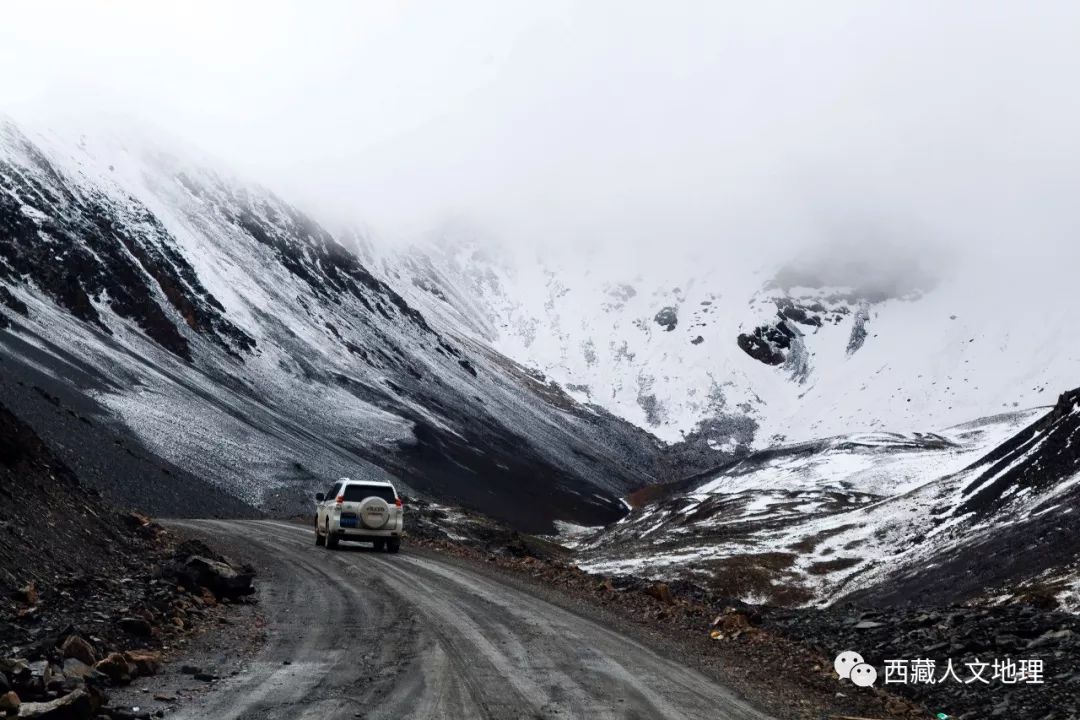
Along the Xiongqu, the rugged golden road. Photography: Qiu Yanqing
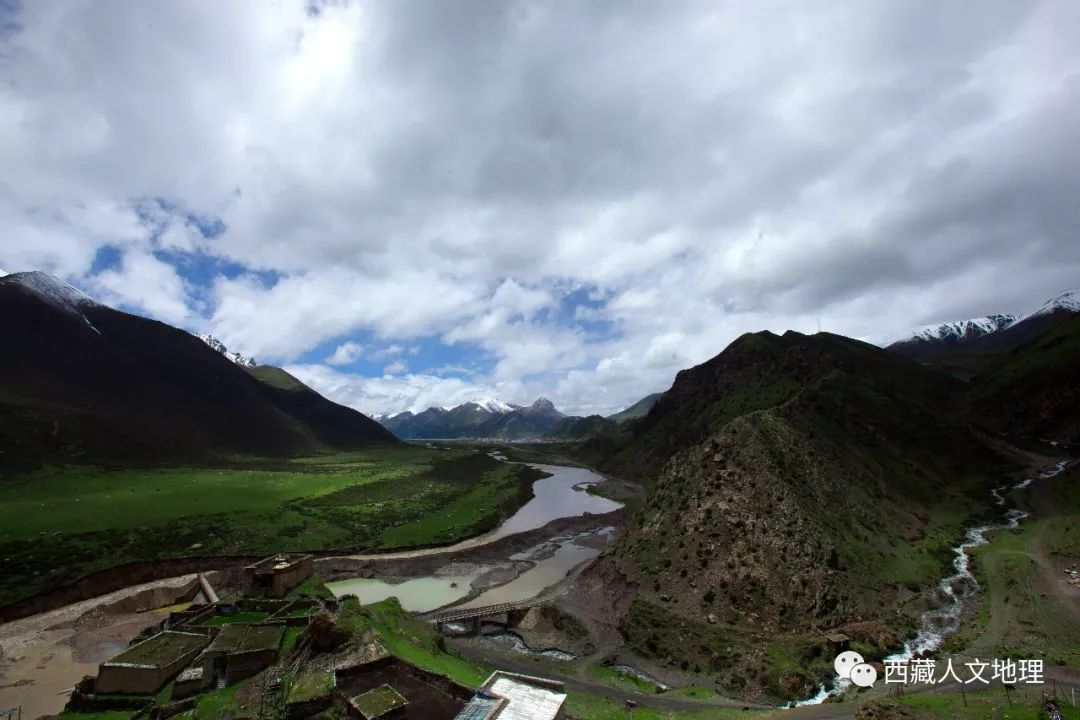
Standing on the back of the Azha Temple, you can see Jialixin County, which is 5 kilometers away, and you can see a small road descending steeply from the mountain behind the temple with a stream of white flowers, crossing Yigong Zangbo, and extending to Azha In the shimmering light of Zhacuo. Photography: Qiu Yanqing
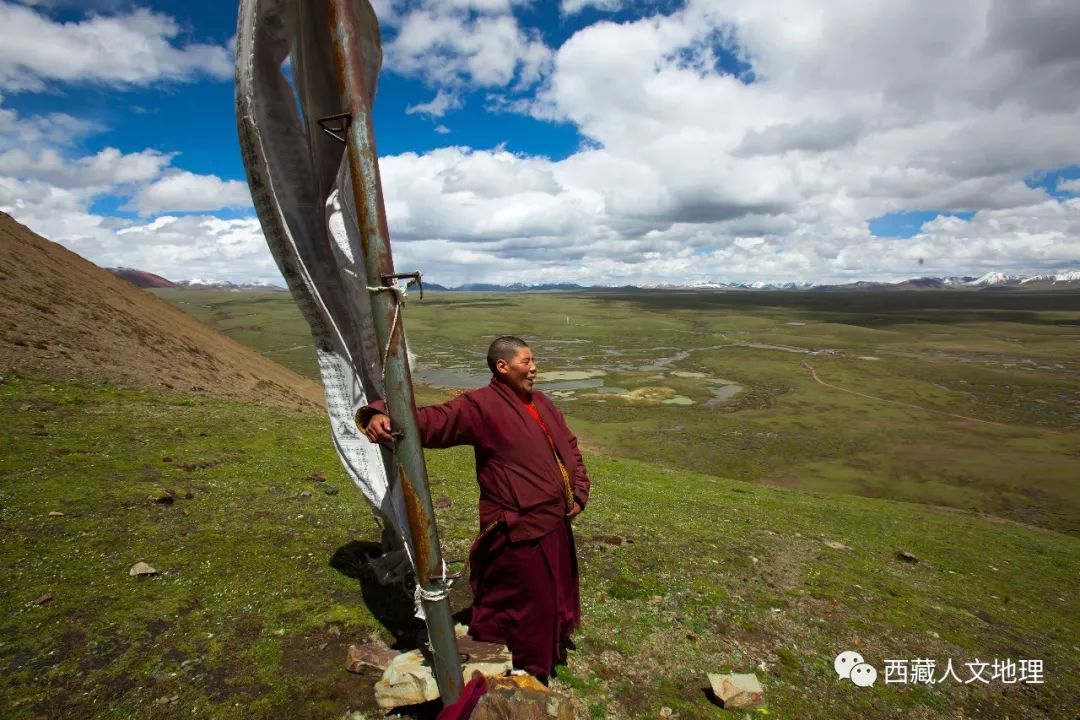
Majilakang was built on the hillside beside the grassland, and Nigong Judeji, a lay monk from village 16 in the temple, was their temporary cook. Photography: Qiu Yanqing
☟
I have a “natural” side
Dujun Grand Canyon – the most beautiful forest canyon in China
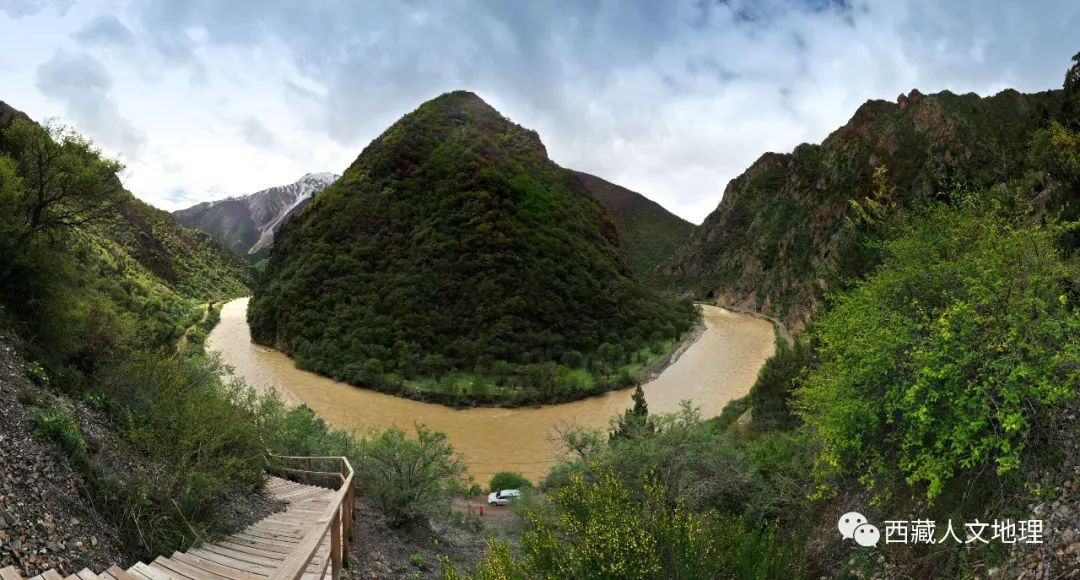
Dujun Grand Canyon. Image source: Editorial Department of this magazine
Dujun Grand Canyon is shaped like eight golden wheels and has a holy hada around its waist. It is located in Village 5, Azha Town, Jiali County, 55 kilometers away from the county seat. It is the largest turning scenic spot in a tributary of the Yarlung Zangbo River. Autonomous region-level intangible cultural heritage. According to folklore, it is the incarnation of ideals and dreams, offering sacrifices and worshiping Dujun Mountain and the canyon can bring good weather, strong cattle and sheep, and abundant grains.
Niwu Secret Realm – China’s Last Paradise
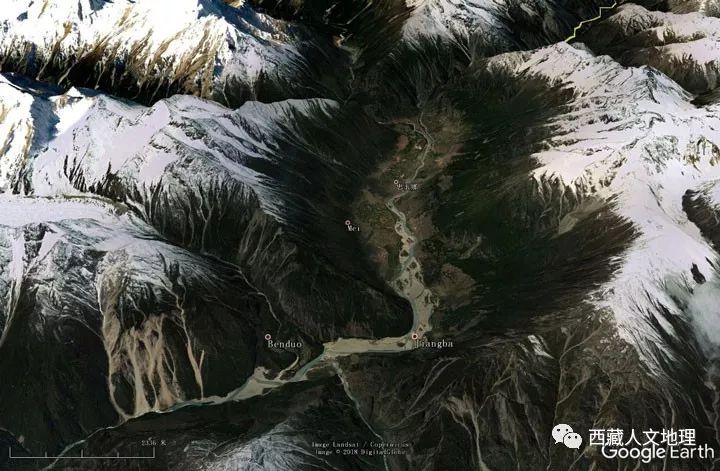
Niwu Township is divided into “Shangniwu” and “Lower Niwu”. People call the lowest and richest place starting from Zhongyu Village “Lower Niwu”. Image source: Shen Yongping
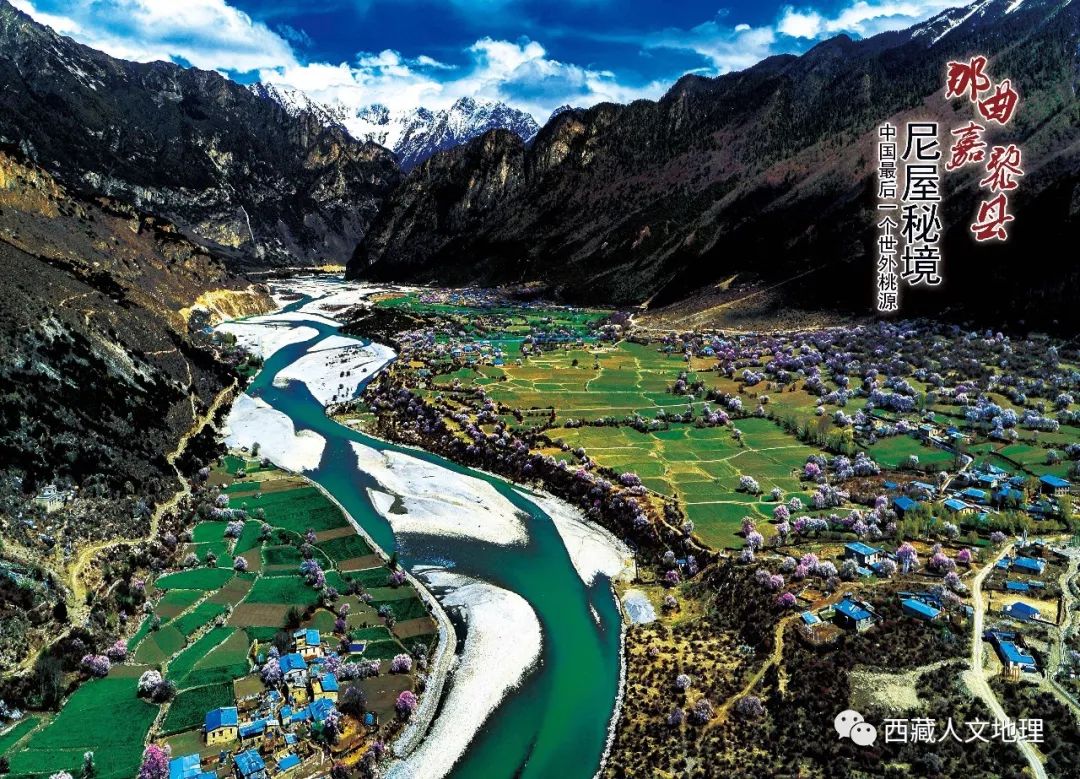
Niwu Township. Image source: Jiali County Tourism Development Committee
Niwu Township is located in the east of Jiali County, 110 kilometers away from the county seat, with an average altitude of 3,000 meters and a forest coverage rate of over 97% . Ugin Peron”. In the center of this holy place is the “copper-colored auspicious mountain”, which is shaped like a heart. The ecological landscapes from all over Tibet are gathered here, forming a natural landscape in various poses and with different expressions, which integrates lush grasslands, glaciers and snow-capped mountains, deep mountains and valleys, and towering ancient trees. Among them, Karuo Snow Mountain, Yige Glacier, and Yige Waterfall dominate the whole region.
Qiajiajuewo Peak – the only unconquered mountain in the domestic and foreign mountaineering circles
Qiajiajuewo Peak is located in Village 5, Azha Town, Jiali County, 60 kilometers away from the county seat.
Medika Wetland – the highest altitude in the world and the largest wetland in Tibet
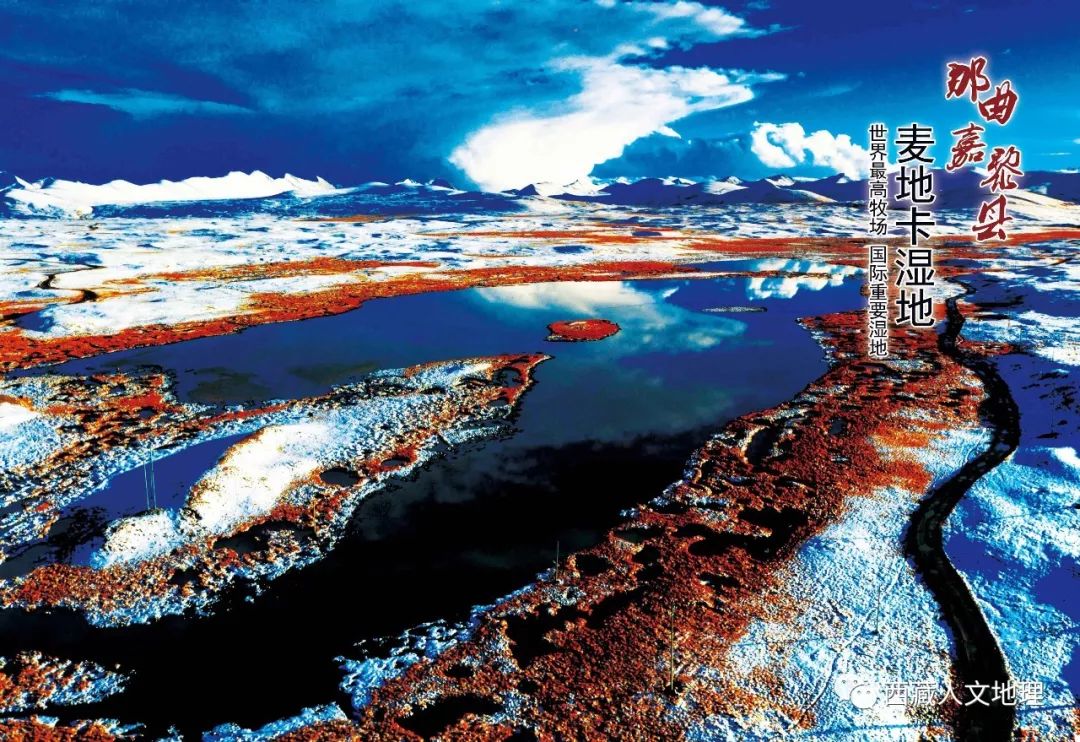
Medica wetlands. Image source: Jiali County Tourism Development Committee
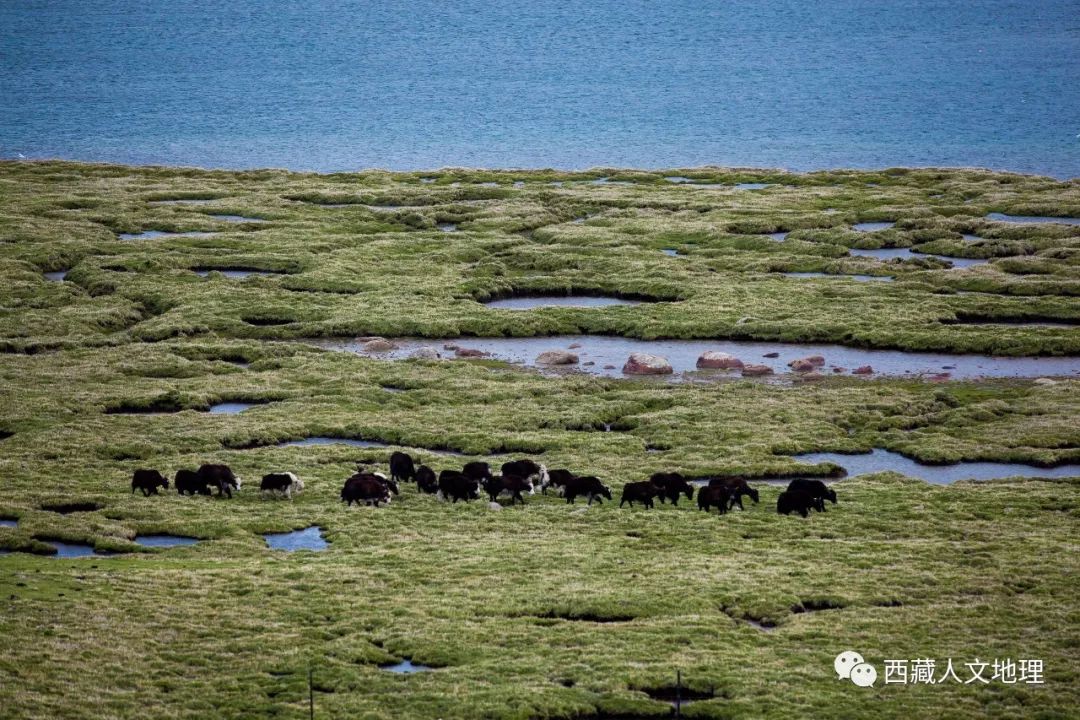
Here is the source of the Lhasa River and also the pastures and Medika wetlands with lush water and grass in summer. Photography: Qiu Yanqing
Medika Wetland is located in Medika Township, Jiali County, more than 100 kilometers away from the county seat. It enjoys the reputation of “Land with Thousand Eyes”, with an average altitude of 4,900 meters and a total area of 89,541 hectares . The plateau lakes, swamps and wetlands are also the source of the Lhasa River. In 2005, due to its unique international significance in ecology, zoology, limnology, and hydrology, it was included in the “List of Internationally Important Wetlands”. In March 2018, the State Council approved it as a national nature reserve, which means that the wheat field Ka Wetland has become the only important environmental protection site in Tibet that integrates internationally important wetlands and national nature reserves.
Jiabaiyang Lacuo — the colorful ocean, the source of Yigong Zangbo
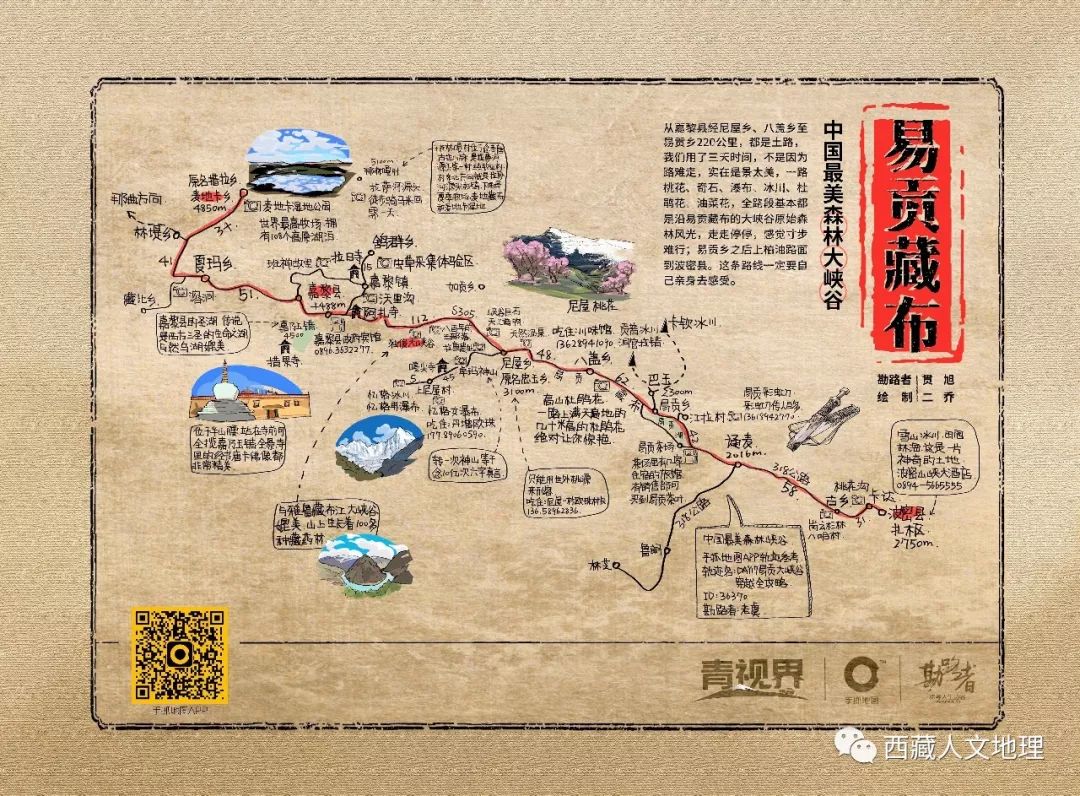
Yigong Zangbo. Drawing: Two Joe
Jiabaiyanglacuo (also known as Jianai Yucuo) Wetland Park is located 10 kilometers away from Jiali County, with a total area of 3504.9 hectares. Because the lake is colorful, it enjoys the reputation of “colorful ocean”. It is a typical natural lake on the Qinghai-Tibet Plateau. It is also the source of the Yigong Zangbo River. It was officially listed as a national wetland park in 2015. According to folklore, this is the lake of life of the three sages in the west and the residence of Manjusri Bodhisattva. According to local legend, it is connected with Nyingchi Basongcuo, and the dead animals that sank in Jiabaiyanglacuo once surfaced from Basongcuo.
I also have a “humanistic” side
Tangbo Ancient Road – the highest harmonious corridor in the world
This ancient road, called the Harmonious Corridor by the locals, is located in Jiali Town, Jiali County, 70 kilometers away from the county seat. It is also a national symbiosis corridor where official roads and business roads are developed simultaneously in history, and culture and economy are integrated. Its history can be traced back to more than 1,300 years ago, and there are still cultural relics such as the “Stone Road” paved by Princess Wencheng to welcome the Buddha statue of Sakyamuni, the stone pillars of the Qing Dynasty, and the Guandi Temple.
Hometown of the Panchen Lama
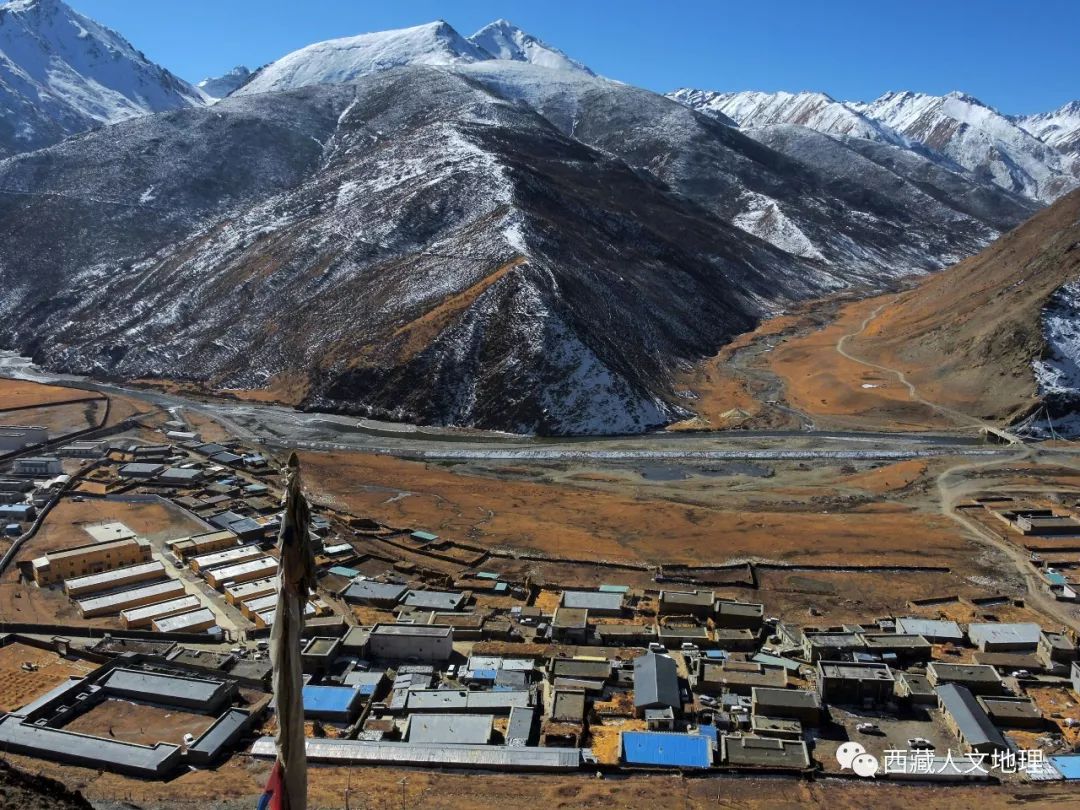
Old Jiali Town is on the south bank of Wusu Nongqu, but the historical stories left by it are even more legendary because of the dust and irreproducibility of the years. Photography: Gyatso
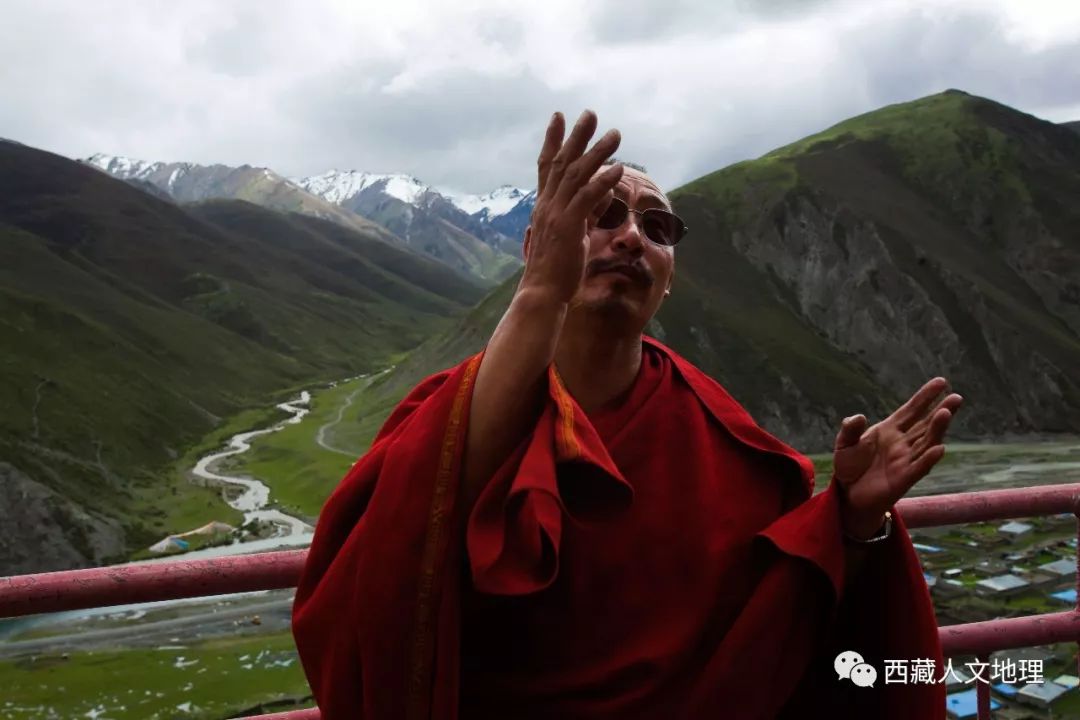
Tajie Khenpo pointed and told us that at the foot of the Lali Temple, there are three temples from east to west. The ancient tea-horse road winding among the mountains. Photography: Qiu Yanqing
Jiali is the hometown of the 11th Panchen Lama. The 7th Rezhen Living Buddha and the 23rd Dalong Xiazhong Living Buddha were all born in Jiali.
our life is colorful
Jialini House Peach Blossom Festival
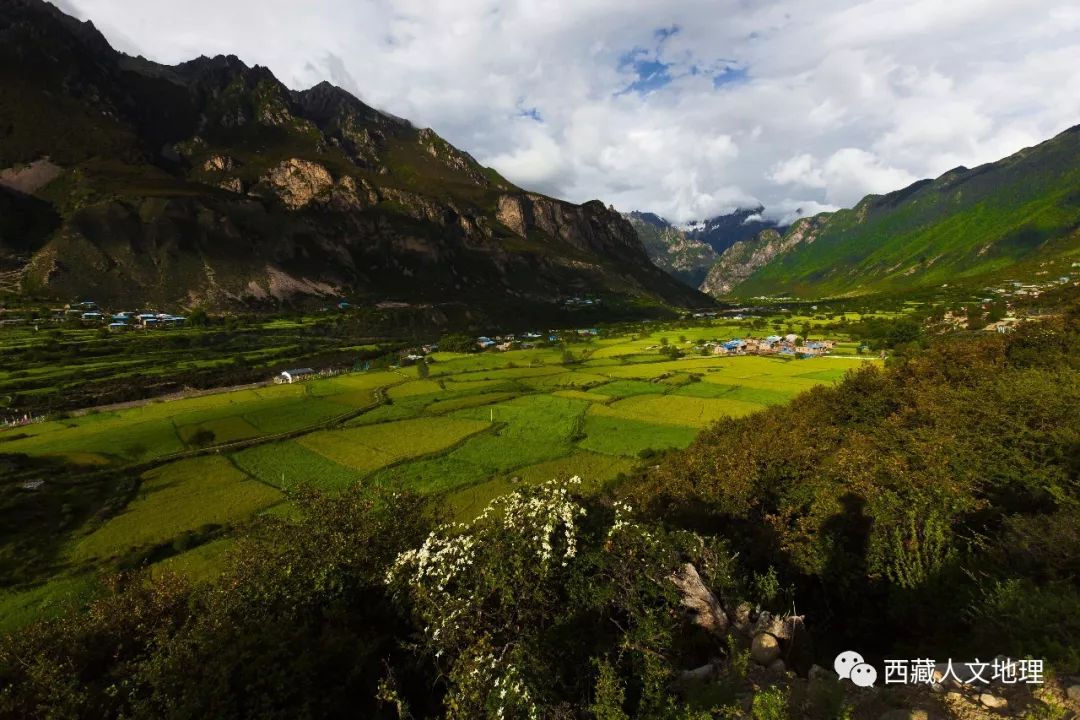
Due to the influence of the warm and humid airflow in the Bay of Bengal, Niwu Township has abundant rainfall, moist air and dense vegetation. The water system of melting ice and snow nourishes the forests and grasslands in the canyon, and also nourishes the people and all things here. Photography: Qiu Yanqing
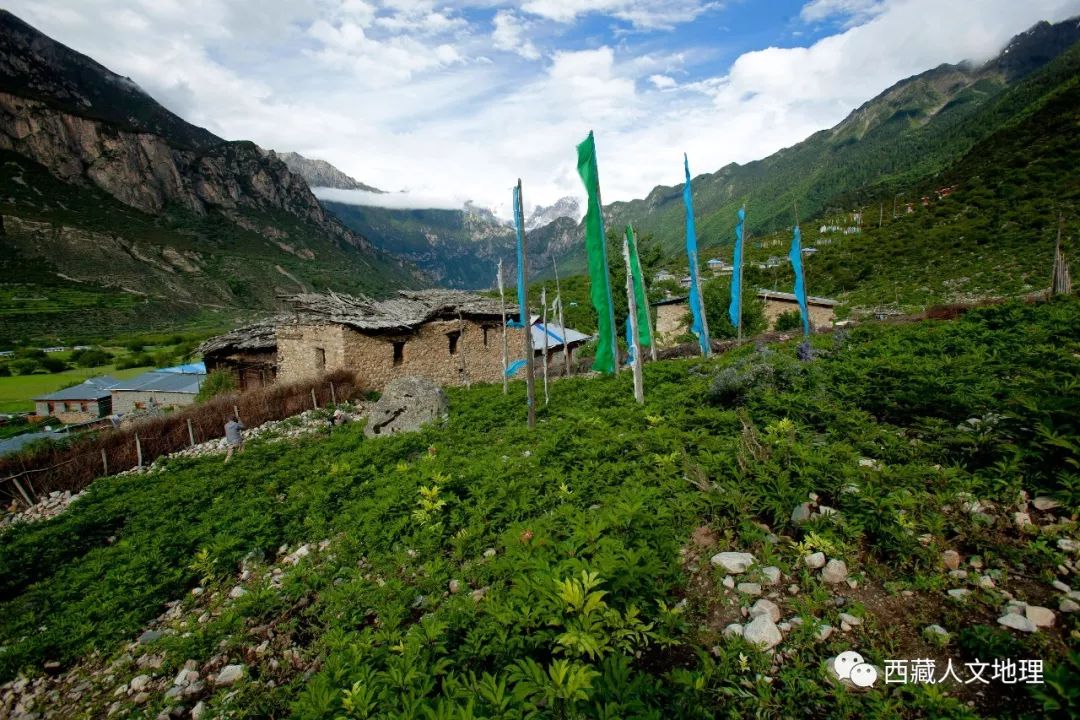
Niwu Township. Photography: Qiu Yanqing
Niwu, Jiangnan in the northern Tibetan plateau. When the world talks about Peach Blossom Spring, it seems that it only exists in the ideals of literati. But the nunnery, for a long time, people lived in a corner and enjoyed the wonderland all by themselves. It borders Nyingchi and has a pleasant climate. It is the secret place of Taoyuan in northern Tibet. Every April, the nunnery becomes a sea of flowers. Fighting beauty, infinite softness…

Pull the Japanese bus. Photography: Qiu Yanqing
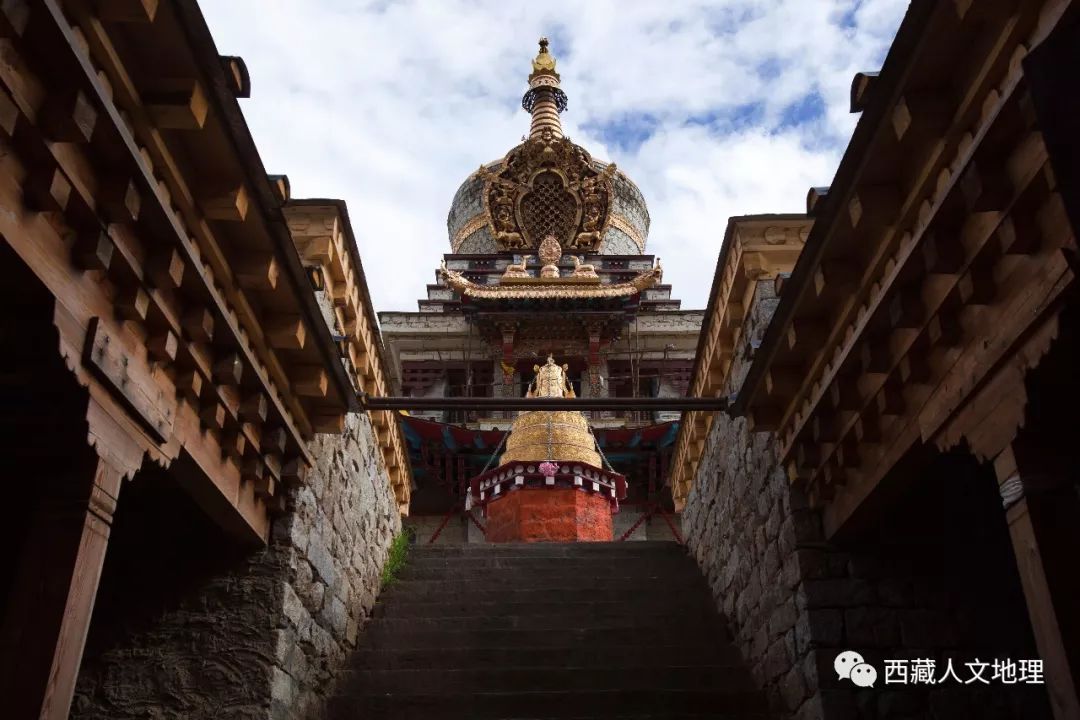
La Rimbha Stupa. Photography: Qiu Yanqing
The Niwu White Pagoda “La Riba” is said to have a history of thousands of years. It is said that Master Lianhuasheng practiced here and belongs to one of the four white pagodas of the “Nyingma School” of Tibetan Buddhism. The wheat field makes people linger.
Raj Tourism Culture Horse Racing Art Festival
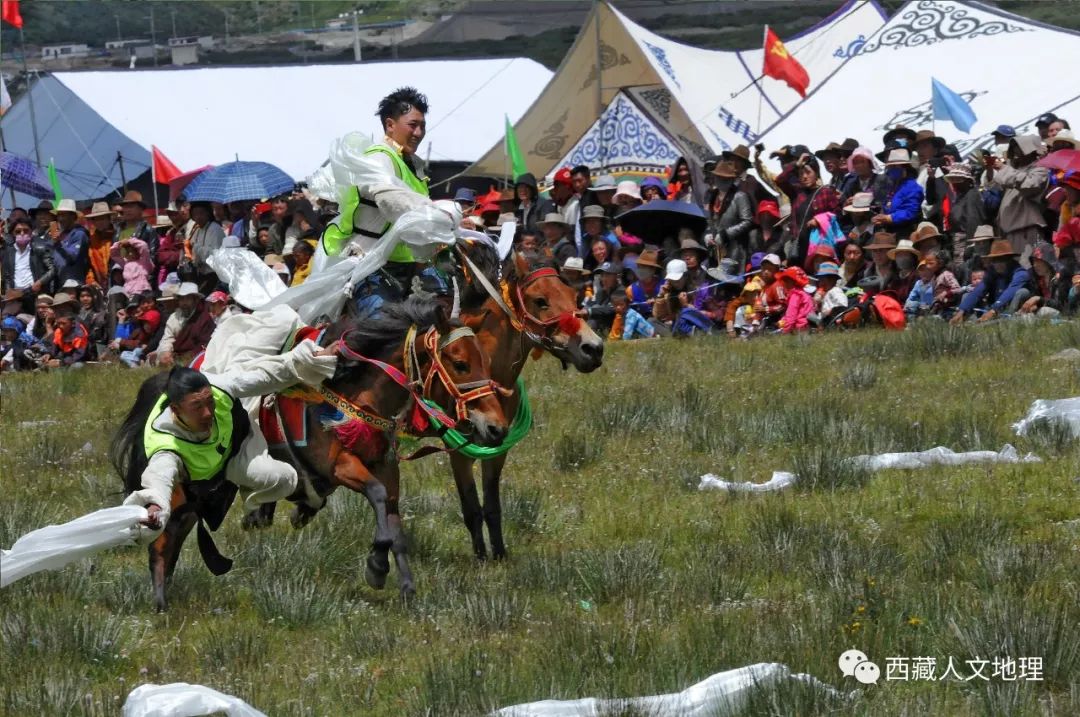
Horse racing scene. Photography: Yan Daojing
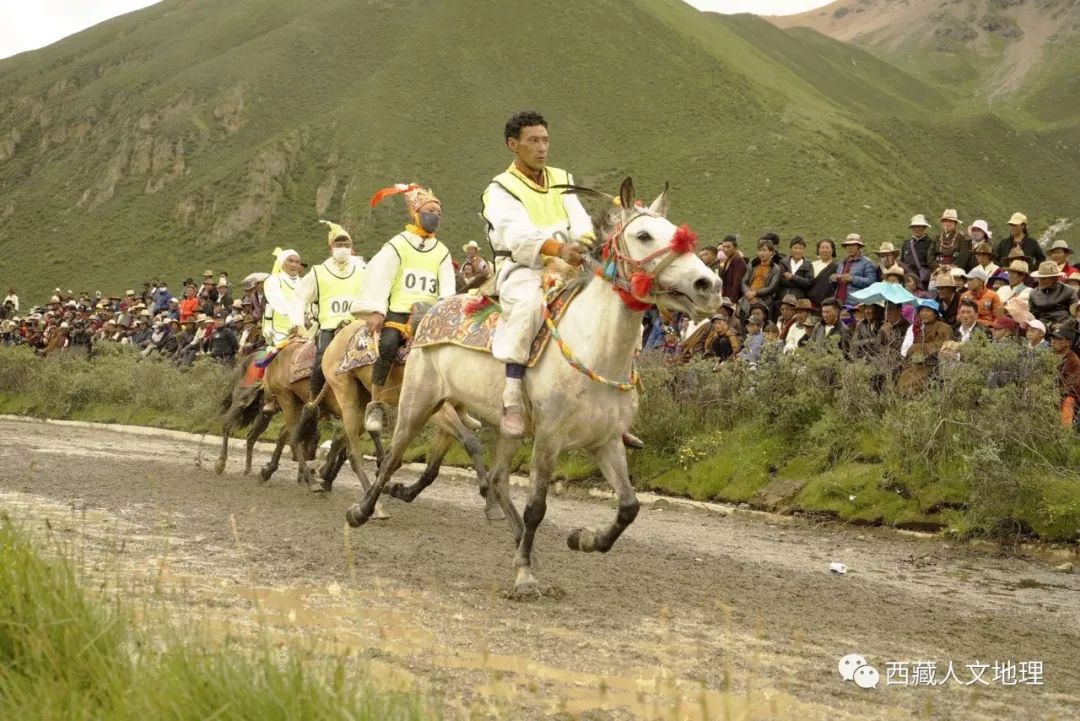
In Tibet, horse racing has a long history and rich content, and is deeply loved by the Tibetan people. It is not only a gathering place for farmers and herdsmen in their spare time, a place for exchanging experience in agricultural and animal husbandry production, but also a grand event for displaying the spirit of the Tibetan nation. According to the Tibetan tradition, horse racing activities are held on festive festivals and rallies to help the spirit of elegance. The horse race is held in June of the Tibetan calendar every year.
In Jiali County, Tibet, the Lari Tourism Culture Horse Racing Art Festival is generally held at the end of July and the beginning of August every year for a period of 5 days. The Grassland Jockey Club is a great exposition of the material and spiritual culture of the grassland, a natural collection of grassland customs and folk customs. People who are new to the Tibetan plateau often start to get involved, understand and become familiar with the grassland in this way. The vast green grassland and the deep blue sky paint a beautiful picture. Sweet wine, loud singing, and galloping horses converge into a jubilant ocean.
I will entertain you with various delicacies
Jiali Niangya Yak
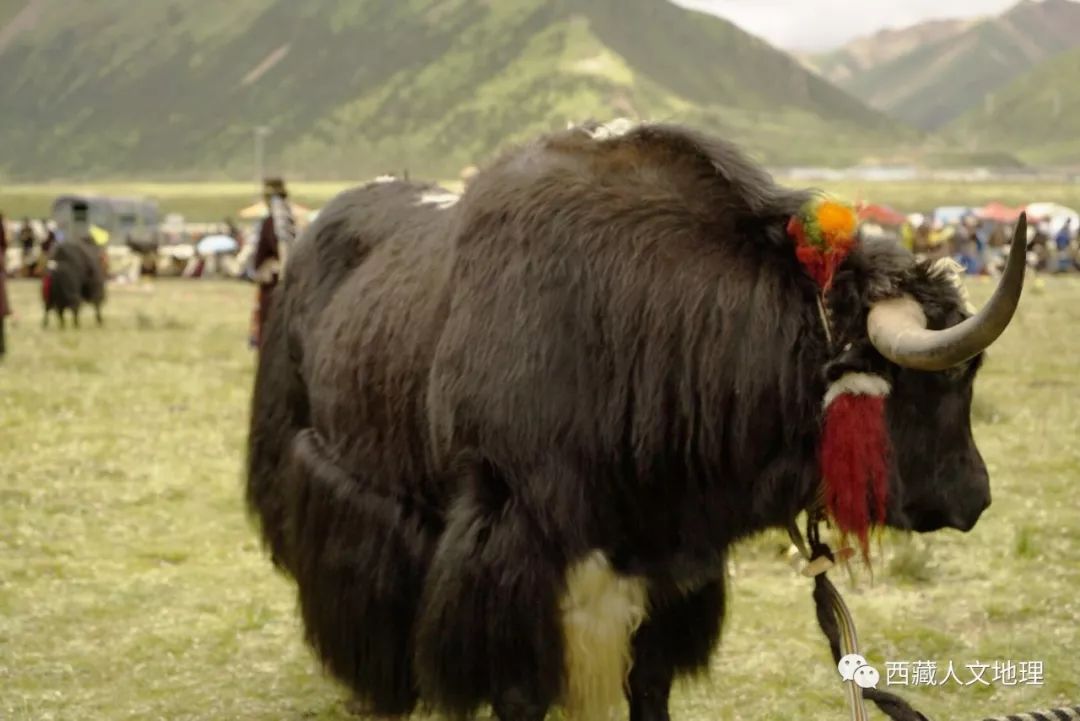
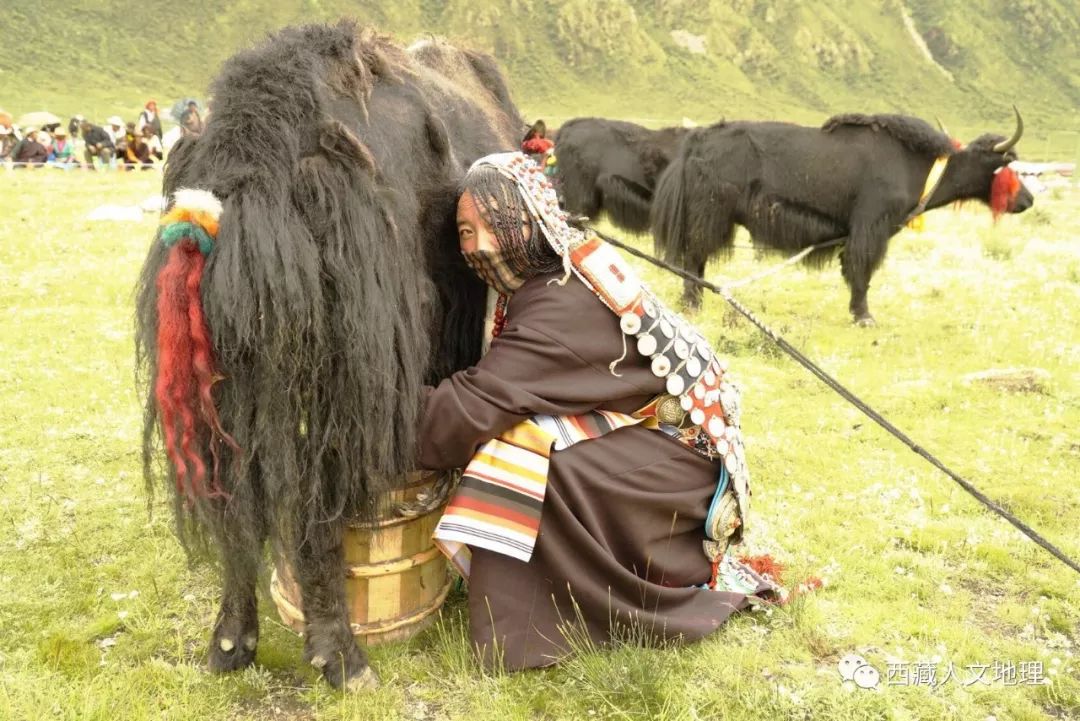
milkmaid. Photography: Zhang Shouguo
Jiali “Nangya” yak is one of the three excellent yak groups in Tibet. It occupies an important position in the animal husbandry production in Jiali County. It is one of the most precious and purest characteristic livestock breed resources in Tibet. It is an excellent local group of yaks with tall body, good production performance and fast growth. “Niangya” yak meat has good quality, unique flavor, bright red color, high protein content (21%), low fat content (1.4%~3.7%), and no pollution.
Jiali Tibetan Scented Pig
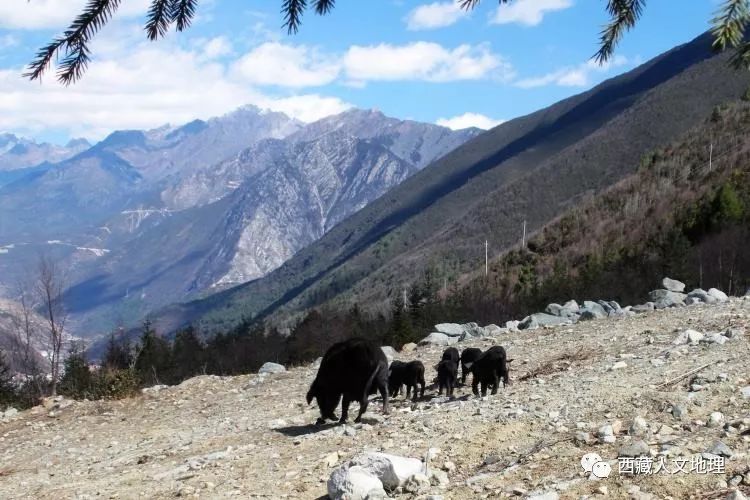
Tibetan pig. Image source: Internet
In terms of quality, it is known as the “six best”, namely: the meat has the highest amino acid content, the highest trace elements, the lowest fat content, the longest pig intestines, the thinnest pig skin, and the longest mane. The meat is very delicious, fat but not greasy. With Tibetan-style pancakes, yogurt, and Niwu Tibetan chili water, it is the most distinctive traditional food in the local area. You can taste the most authentic Niwu delicacies in the newly built “Nongjiale” in the canyon of Niwu Township.
Jiali Tibetan Chicken
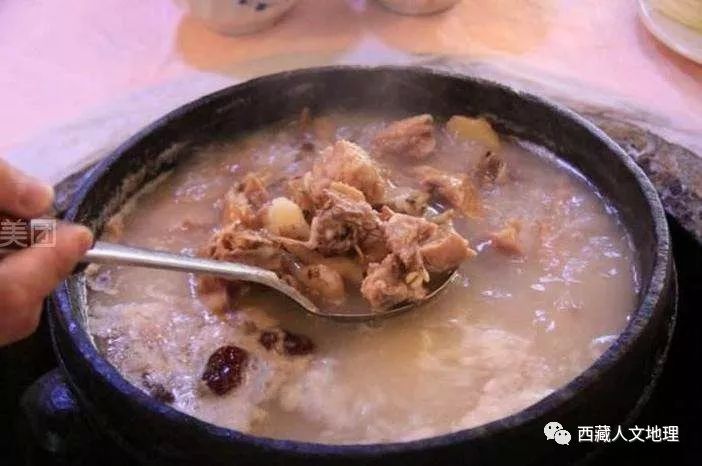
Tibetan chicken. Image source: Internet
Jiali Tibetan Chicken is mostly grown in Niwu Township. Tibetan chicken is small and meaty, with a long plump tail and strong foraging ability. It adapts to high and cold climates. It is small and exquisite, with compact feathers, particularly well-developed wings and tail. Nailed to the wooden bar. The hen lays nearly 100 eggs a year. The eggs are small, each weighing about 40 grams, and are oval in shape.
you can come to my house like this
on the way to my house
You can feel the gentleness of Jiangnan
Witness the magnificence of the third pole of the earth
Hear the legend of “Ugin Belon”
Walk through the source of the Lhasa River – Medika Wetland
Say hello to people digging Cordyceps with their families
Walk through the remains of ancient glaciers
Three-dimensional picture scroll of flowing water in glacier forest
presented in front of your eyes
…
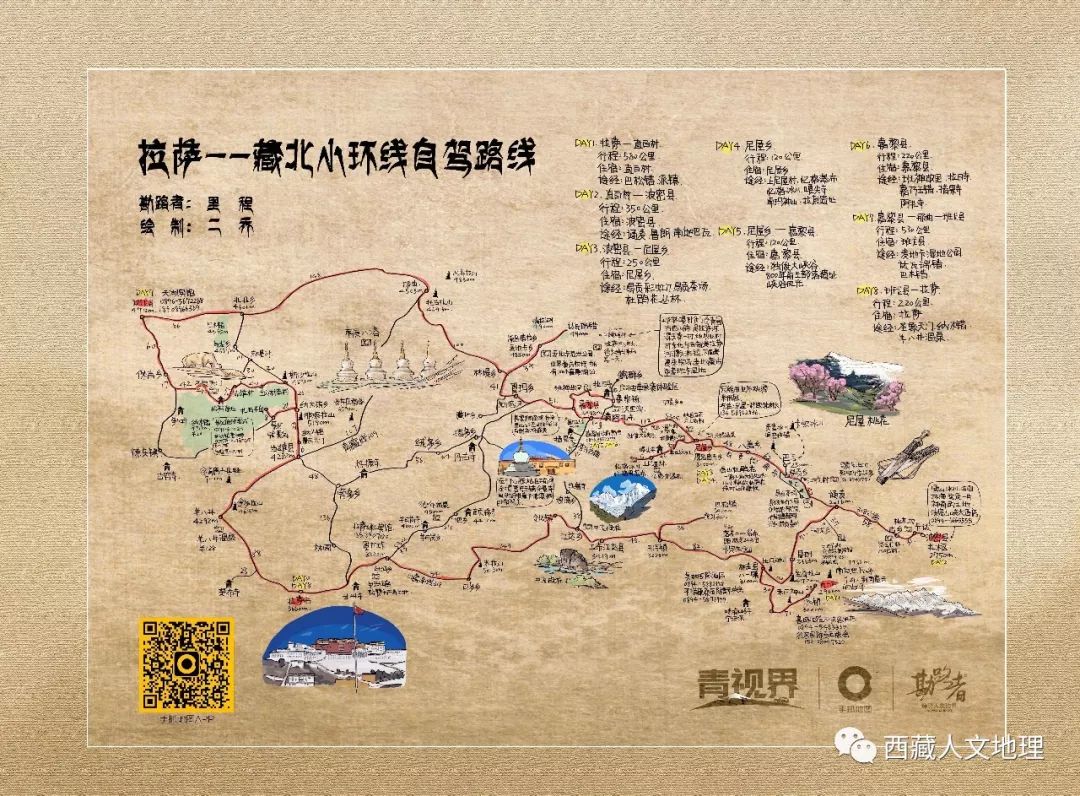
Self-driving route of the Lhasa-Northern Tibet Small Ring Road. Drawing: Two Joe
Source of text and map Human Geography of Tibet
– End –




